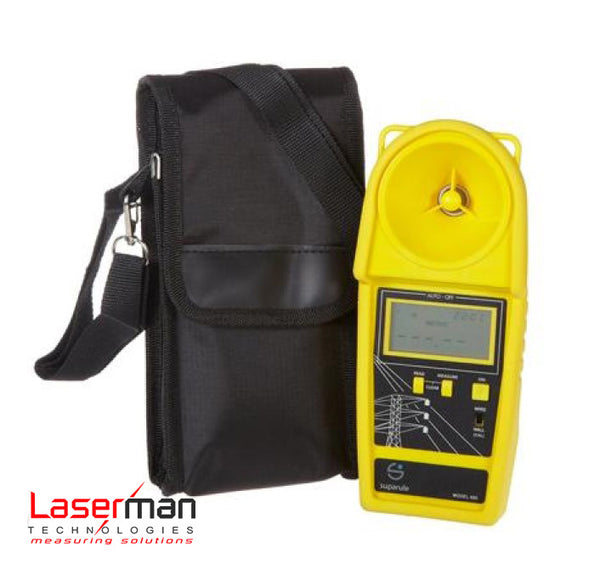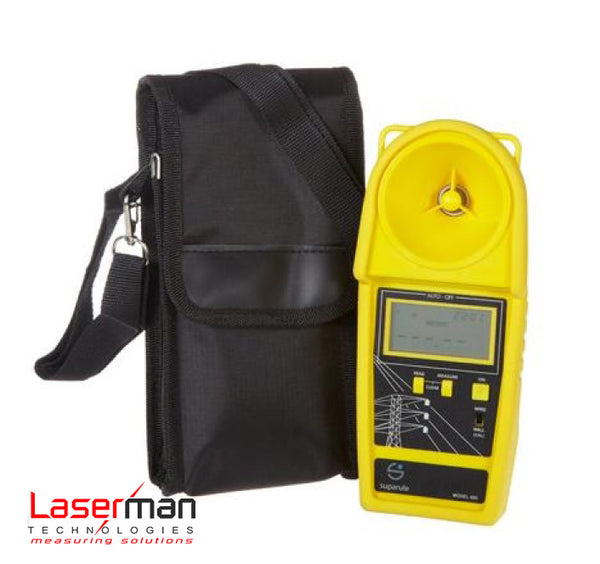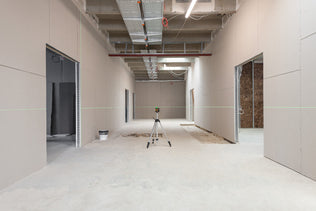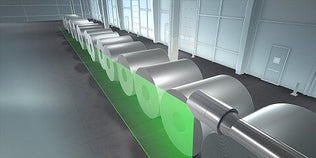Microplastics get into our wastewater and the environment every day. But sewage treatment plants have so far hardly been able to sufficiently filter out the tiny plastic parts in the wastewater. Now a remedy is to be found: The BMBF has been funding the SimConDrill research project since 2019, in which five project partners from industry and research are jointly developing a water filter for microplastics. Its tiny holes are drilled with a laser and thus enable the filtration of particles as small as ten micrometers. This extraordinary innovation has now been honored by a nomination for the Green Award.

Fig.: Central component of the SimConDrill cyclone filter: 200 micrometer thin metal foils with laser drilled holes of ten micrometer diameter (Fig.: Fh.-ILT)
According to a study by the Fraunhofer Institute for Environmental, Safety and Energy Technology, 333,000 tons of microplastics are released every year in Germany alone. The consequences for humans and the environment are still far from being researched. Microplastics is a far-reaching problem and our wastewater treatment is not able to filter out these particles efficiently. Clean drinking water is essential for the environment and therefore for our health.
With the project SimConDrill the project partners are now hitting the nerve of the time. The aim is to develop a long-lasting filter for the extraction of microplastics even from large amounts of water. With laser drilled holes, the filter module is supposed to efficiently filter out particles as small as ten micrometers from the water. Now the jury of the Greentech Festival has nominated the research project SimConDrill for the Green Award 2020. The joy about this was all the greater among the participants, as the nomination was made without an application by the consortium and only on the initiative of the jury.
The Green Awards will be presented at the Greentech Festival from June 19 to 21, 2020 in Berlin. On the first day of the festival, the jury will award green technologies that contribute to making the world more sustainable and thus more fit for the future. The former Formula 1 world champion Nico Rosberg is behind the festival idea. Together with the engineers Sven Krüger and Marco Voigt he founded the festival. The SimConDrill team is nominated in the category “Innovation”. This award is given for the most impressive and promising innovations in the greentech sector.
The basis of the new filter generation is the cyclone filter of Klass-Filter GmbH. Large quantities of water are pressed inwards through the laser-drilled filter in the cyclone and the particles transported with the water are separated.
The Fraunhofer Institute for Laser Technology ILT and LaserJob GmbH are working on the technology for efficient laser drilling of the metal foils inside the cyclone filter. Laser systems with ultra-short pulses in the pico and femtosecond range with high laser power are particularly suitable for this purpose. In order to create an efficient filter, a large number of holes, which must be smaller than ten micrometers, are drilled in the thin foils.
To increase the economic efficiency, the scientists are also investigating the use of multi-beam processing with more than 100 partial beams. However, caution is required here, as simultaneous drilling of 100 holes can melt and distort the filter film. In order to coordinate all the process parameters as well as possible and to select suitable processing strategies, the researchers are combining a process simulation developed at the Fraunhofer ILT and the optimization software from OptiY GmbH. In addition, a measuring system developed jointly with Lunovu GmbH ultimately guarantees the quality assurance of the laser drilling process to ensure that all holes are drilled through and that the water throughput is not reduced.
The research project will run until June 2021 and so far holes with a diameter of 10 micrometers can be drilled into 200 micrometer thin metal foils. In a next step, the process will be scaled up to series production. The drilled test foils are already partially integrated into the cyclone filter to start functional and flow tests.
Although the filter module is developed and tested for sewage treatment plants, mobile applications in sewer rinsing vehicles or in private households are also conceivable. The purification of ballast water also offers great potential. A rotor ensures that the SimConDrill filter does not clog and is therefore not a disposable filter. The separated microplastic can be led out of the cyclone filter and then recycled.
The joint project SimConDrill is funded by the Federal Ministry of Education and Research (BMBF). It is part of the BMBF funding measure “KMU-innovativ: Resource efficiency and climate protection” in the technology and application area “Sustainable water management”.










